Several Important Aspects Of High-entropy Alloy That You Must Know
Introduction
High-entropy alloys (HEAs) are a class of advanced materials that provide an alternative to conventional alloys. The text below summarises essential information about HEAs. It aims to facilitate a factual understanding of these materials for future applications.
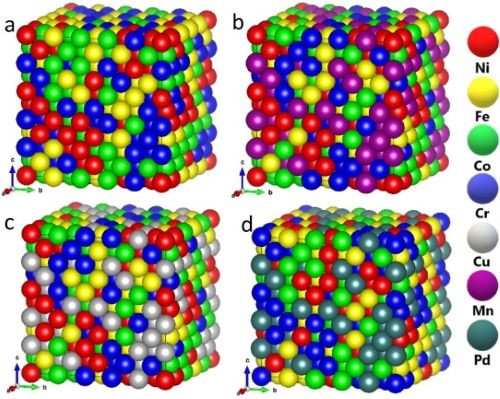 [1]
[1]
Figure 1. Examples of high-entropy alloys
What is a high-entropy alloy?
-Definition
A high-entropy alloy (HEA) is an advanced material containing five or more metallic elements and features a random crystalline structure with high configurational entropy. HEAs differ from conventional alloys as they do not have a primary component. Instead, they consist of several principal elements in equal or nearly equal proportions. The high configurational entropy yields distinct properties and applications.
-Properties
HEAs exhibit a group of specific properties that are not observed in conventional alloys. These properties include high strength, ductility and thermal stability. They also show excellent wear resistance, corrosion resistance and performance at high temperatures. For example, VNbMoTaW demonstrates a yield strength in excess of 600 MPa (87 ksi) at 1 400 °C. CoCrFeMnNi has been observed to exhibit notable mechanical behaviour at low temperatures along with high fracture toughness. Al0,5CoCrCuFeNi records an extended fatigue life compared with traditional steel and titanium alloys.
-Manufacturing
Manufacturing HEAs requires specialised techniques due to their complex composition and microstructure. Methods such as powder metallurgy, electrodeposition and mechanical alloying are employed. Most HEAs are produced using arc melting and induction melting; sputtering, molecular beam epitaxy (MBE) or mechanical melting may also be used. These techniques are applied to achieve HEAs with a tailored microstructure and defined properties for specific applications.
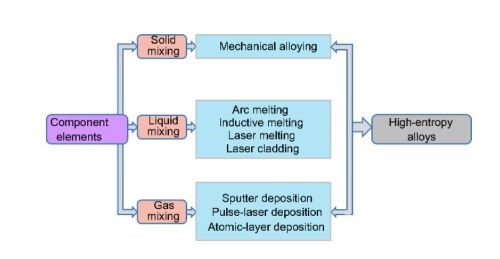
Figure 2. HEA production methods
-Application
HEAs have been investigated for employment in high-temperature thermoelectric systems, wear-resistant coatings and structural materials. They have also been studied for use in the aerospace, automotive and biomedical fields. Their unique combination of properties makes them suitable for operation in harsh conditions given that conventional alloys may fail under similar circumstances. In the automotive industry, HEAs are used to produce engine components, drive systems and other structural parts. In addition, the alloys provide radiation and corrosion resistance suitable for certain nuclear applications.
Four Fundamental Principles of High-entropy Alloys
The following section outlines the basic principles underlying high-entropy alloys.
1. Entropic Stabilisation of Solid Solutions
The first effect is entropic stabilisation. High configurational entropy stabilises the solid solution phase, thereby yielding a lower Gibbs energy than intermetallic phases. [2]
2. Significant Lattice Distortion
Lattice distortion occurs due to the differences in atomic sizes among the constituent elements. This factor influences the physical and mechanical behaviour of HEAs.
3. Slow Diffusion Kinetics
HEAs exhibit slow diffusion kinetics. Atoms in these solid solutions move at a reduced rate given the high concentration of elements, thereby affecting material processing.
4. The Cocktail Effect
The complexity of HEA compositions results from the interactions among multiple elements. These interactions produce physical properties that cannot be predicted solely from the individual characteristics of each element. This phenomenon is referred to as the cocktail effect. The element interactions generate measurable properties which require detailed investigation.
Conclusion
In summary, high-entropy alloys combine distinct properties, specific production methods and the capacity for varied applications. They are defined by (1) entropic stabilisation, (2) significant lattice distortion, (3) slow diffusion kinetics and (4) the cocktail effect. Further investigation of HEAs is expected to elucidate their potential for developing advanced materials for diverse applications. Stanford Advanced Materials (SAM) supplies high-entropy alloys. Please contact us if further details are required.
Reference:
[1] Saro San, Yang Tong, Hongbin Bei, Boopathy Kombaiah, Yanwen Zhang, Wai-Yim Ching, First-principles calculation of lattice distortions in four single phase high entropy alloys with experimental validation, Materials & Design, Volume 209, 2021, 110071, ISSN 0264-1275, https://doi.org/10.1016/j.matdes.2021.110071.
[2] Pickering, E., & Jones, N. (2016). High-Entropy Alloys: A critical assessment of their founding principles and future prospects. International Materials Review. https://doi.org/10.1080/09506608.2016.1180020

 Bars
Bars
 Beads & Spheres
Beads & Spheres
 Bolts & Nuts
Bolts & Nuts
 Crucibles
Crucibles
 Discs
Discs
 Fibers & Fabrics
Fibers & Fabrics
 Films
Films
 Flake
Flake
 Foams
Foams
 Foil
Foil
 Granules
Granules
 Honeycombs
Honeycombs
 Ink
Ink
 Laminate
Laminate
 Lumps
Lumps
 Meshes
Meshes
 Metallised Film
Metallised Film
 Plate
Plate
 Powders
Powders
 Rod
Rod
 Sheets
Sheets
 Single Crystals
Single Crystals
 Sputtering Target
Sputtering Target
 Tubes
Tubes
 Washer
Washer
 Wires
Wires
 Converters & Calculators
Converters & Calculators
.jpg)

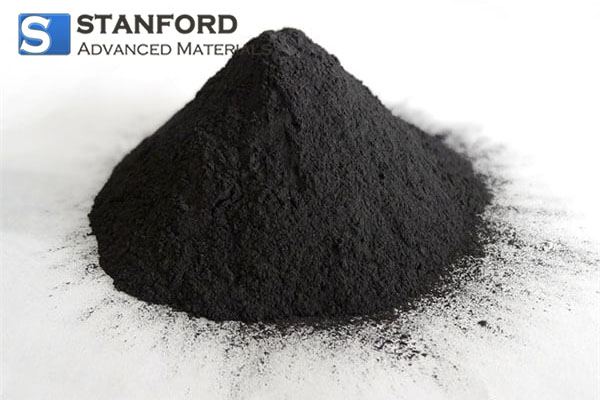
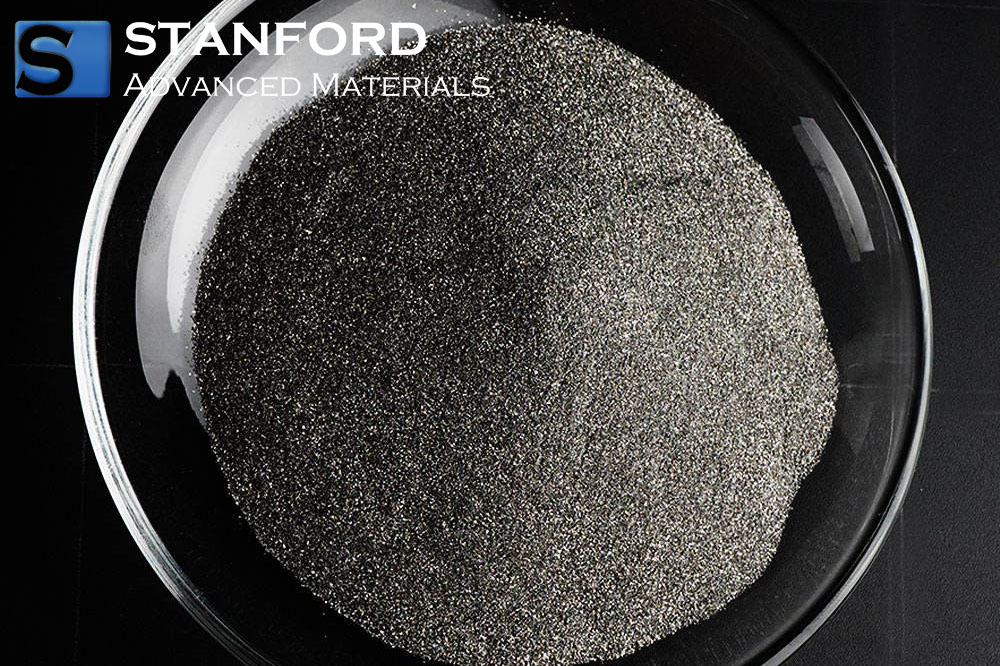
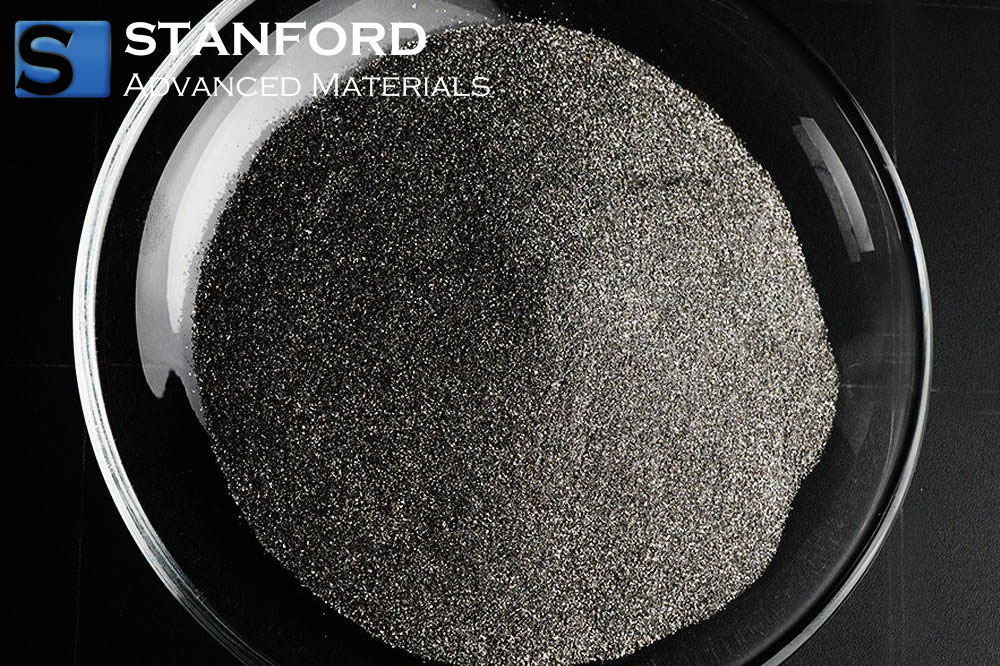
 Chin Trento
Chin Trento



